Azure Data Factory: Simplifying Data Integration And ETL Pipelines
4.9 out of 5 based on 9874 votesLast updated on 3rd Jun 2025 19.2K Views
- Bookmark

Azure Data Factory: Simplifying Data Integration and ETL Pipelines Azure Data Factory: Simplifying Data Integration and ETL Pipelines
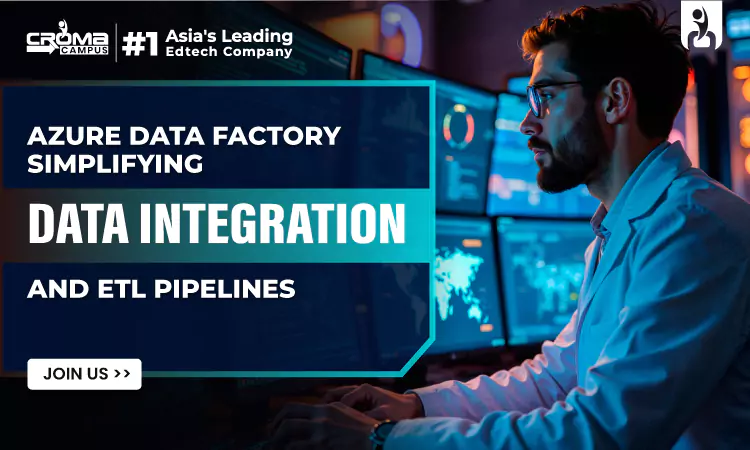
What are ETL Pipelines?
ETL (Extract, Transform, Load) pipelines are a group of automatic data extraction processes from various sources. Their transformation to a form that is easy to analyse and load into a selected system, such as a data warehouse or data lake. This allows companies to adopt data analytics and therefore achieve an overall information perspective by shifting towards a centralised, well-arranged data structure.
Introducing Azure Data Factory
Azure Data Factory (ADF) is a cloud-based data integration service by Microsoft Azure that enables users to build, schedule, and manage data pipelines from different sources to different destinations. To further know about it, one can visit Azure Training. With the support of various data sources, including Azure Storage, Azure Databricks, and Azure SQL Database, ADF has made it a wonderful choice for building ETL pipelines.
- Serverless ETL: Azure Data Factory can carry out the entire ETL process on its own without users having to allocate resources, a capability known as serverless ETL.
- Scalability: ADF is definitely a solution for those who are dealing with big data projects and need to handle the corresponding data integration and transformation workloads.
- Data Integration: Azure Data Factory is the software that can keep data moving between very different locations and real-time and batch processing systems.
- Automated Workflows: Thanks to ADF, it is within the realm of possibility for users to orchestrate the data on their own, without having to take part in every action, even though you may think that doing things manually is better than automating them.
- Integration with Azure Services: Azure Data Factory can be used with many other Azure services, like Azure Databricks, Azure Synapse Analytics and Azure Storage. It helps experience the full potential of data integration and analytics solutions.
- Real-time Data Processing: With ADF, users can employ real-time data processing and event-driven workflows to process and analyze data the moment it is generated.
- Security and Compliance: ADF is backed up with advanced security and compliance functionalities that include encryption, access controls, and auditing. So that user data is fully protected and regulatory requirements are met.
- Cost-effective: ADF is a cost-effective data integration and transformation solution with a pay-as-you-go pricing model that helps in cutting down the costs and utilization of the resources in an efficient manner.
- Flexibility and Customisation: The Azure Data Factory platform is highly flexible and can be easily customised to meet the unique needs of any project. Thus, making it an excellent platform for data integration and transformation.
- Monitoring and Debugging: ADF is equipped with embedded monitoring and debugging features, with the help of which users can keep track of pipeline performance, spot and resolve issues, and also troubleshoot problems immediately and effectively.
Note: Boost your IT career with Azure Training in Noida at Croma Campus. Gain hands-on experience, expert guidance, and industry-recognized certification to excel in cloud computing. Enroll now!
You May Also Read These Blog Posts:
Microsoft Azure Certification Cost
Incremental Load With Azure Data Factory (ADF)
Microsoft Azure Virtual Machines (VMs)
Microsoft Azure Interview Questions
Network Security Groups (NSG) And Firewalls In Azure
Azure Kubernetes Service (AKS) Transforming Cloud Infrastructure
Deploying Scalable Applications With Microsoft Azure
Exploring Azure AI: How To Build Smarter Applications In The Cloud?
How does ADF facilitate the creation of ETL pipelines?
Azure Data Factory (ADF) transforms the data business, the reason being that it has quite a few features that make it more efficient and smooth in transforming and integrating data. With ADF, end-users can have complete confidence in carrying out data integration of any scale from different data sources, automate data relocation, and grow in storage capacity. ADF also seamlessly integrates with other Azure services to bring the most out of an organisation. Many institutes provide the Azure Data Factory Online Training and enrolling in them can help you start a career in this domain.
ADF gets things done with minimal friction, which is the key to successful ETL workflow development and consistent data transformation efforts from the diverse data sources to automation and efficiency. By connecting smoothly with other Azure services, ADF becomes a perfect fit for everything that requires data management and ETL. Thus, it enables enterprises to quickly and flexibly make data-driven decisions. Azure Data Factory is designed to simplify the creation of ETL pipelines through several approaches:
- Serverless ETL Workflows: ADF can be used for constructing serverless ETL workflows that are of huge help to the data coming from diverse places.
- Data Movement Automation: ADF facilitates data movement automation between sources and destinations. Which helps in saving manual effort and, at the same time, makes the process more efficient.
- Scalability: ADF gives an environment that is scalable and cloud-native for the design and running of ETL pipelines.
- Integration with Azure Services: ADF works in a great manner with the other Azure services like Azure Databricks, Azure Synapse Analytics, and Azure Data Lake Storage and ensures smooth integration.
Note: Boost your career with Azure Training in Gurgaon at Croma Campus. Get hands-on experience, expert guidance, and industry-recognized certification. Enroll now to master cloud computing skills and land top IT jobs.
How to Build an ETL Pipeline in Azure Data Factory/Azure Data Factory ETL?
It is not difficult to make an ETL (Extract, Load, Transform) pipeline in Azure Data Factory. Using an intuitive user interface and a rich suite of features, ADF users can come up with very strong data integration workflows. These can copy, modify, and transfer data from various sources to specific systems. ADF is a complete solution to the problem of creating and controlling ETL pipelines that modern data-driven organisations have. Preparing for the Microsoft Azure Certification can help you learn ADF and ETL pipeline concepts. However, to create an ETL pipeline in Azure Data Factory, a user needs to do as following:
- Set up a Data Factory: Go to the Azure Data Factory studio to start a new data factory.
- Create Linked Services: Set up connections that will establish access to the required external resources like Azure Storage, Azure Databricks, and Azure SQL Database.
- Create a Pipeline: Produce and architect a pipeline that can carry out data extraction from sources, transform the data, and load it into the destination system.
- Add Activities: Introduce various activities to the pipeline, for instance, data transformation, data mapping, and data loading.
- Schedule the Pipeline: Set triggers for the pipeline in order to let the system start it according to a schedule you specified automatically.
Note: Boost your cloud skills with Azure Training in Delhi at Croma Campus. Learn from industry experts through hands-on sessions and real-time projects. Enroll now to kick-start your cloud career!
Related Courses:
Conclusion:
Azure Data Factory is an excellent one-stop ETL pipeline building and maintenance solution that is also flexible. It allows a company to automate data integration workflows, decrease the effort that is manually undertaken, and, in turn, be more efficient through the use of ADF. With ADF that is both cloud-native and scalable, there is the availability of a reliable and flexible data integration and data transformation solution. Gaining and practicing for relevant credentials like the AZ 104 Certification can help you gain Azure data factory skills. With just a few tips and features used, businesses can set up ADF in such a way as to make the ETL pipelines they construct effective and sustainable. They can also create a good fit with their data integration requirements.
Subscribe For Free Demo
Free Demo for Corporate & Online Trainings.


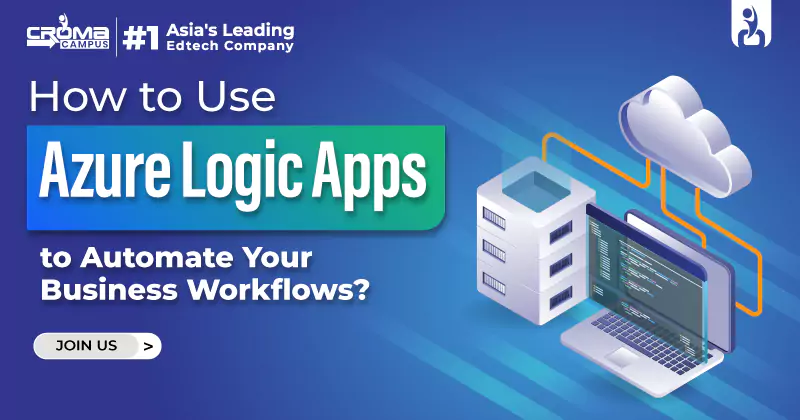
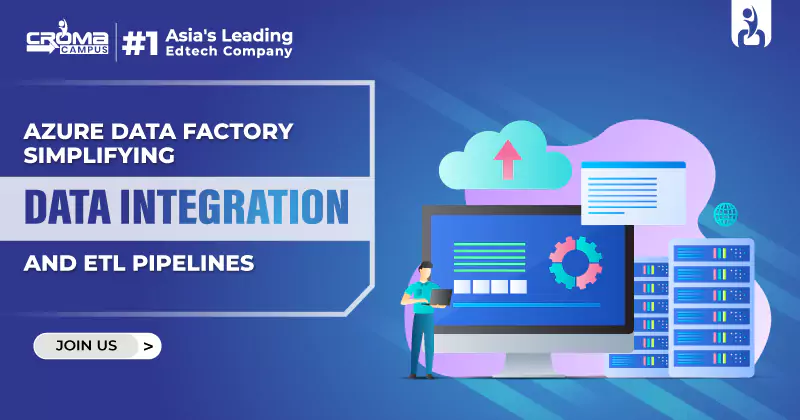
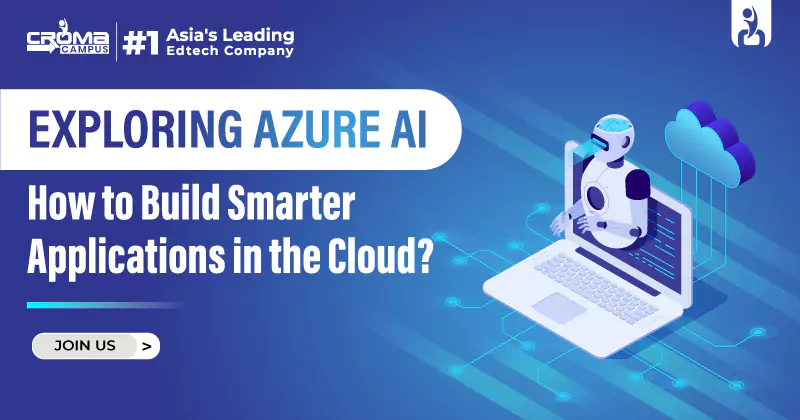


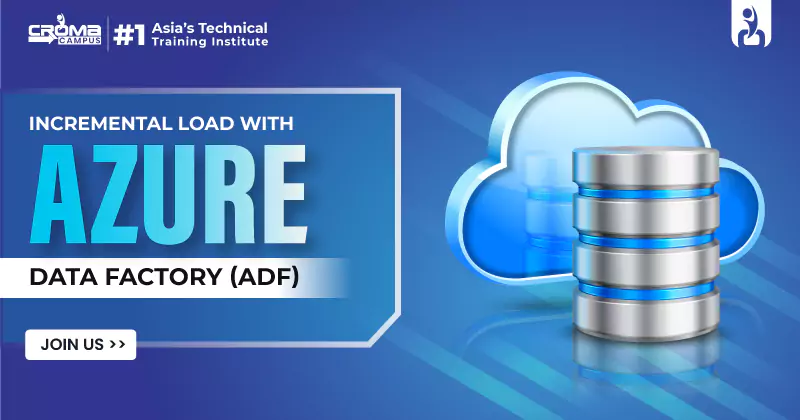

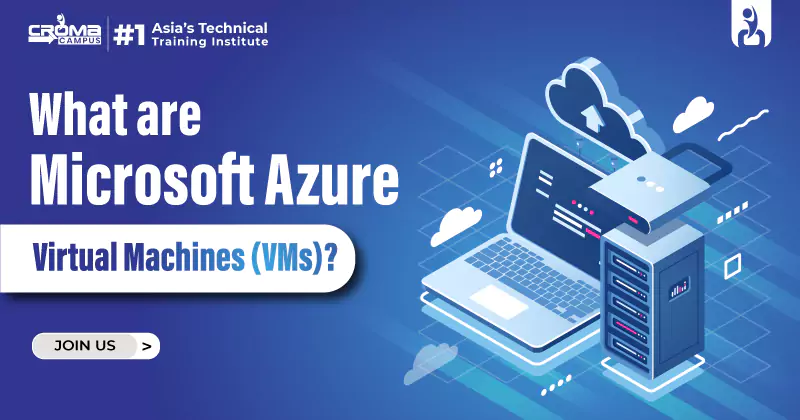

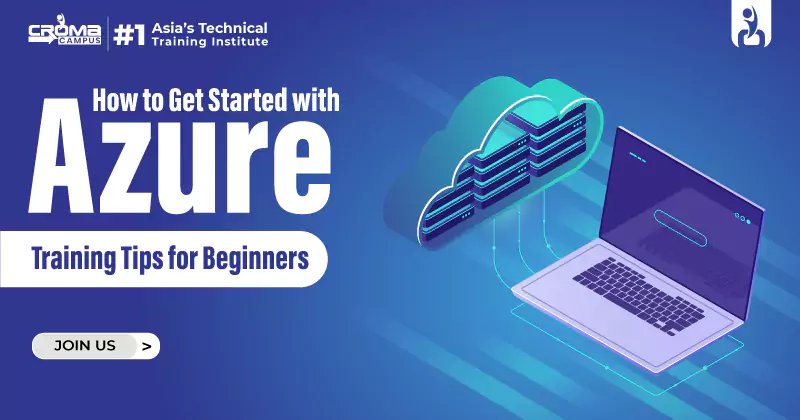





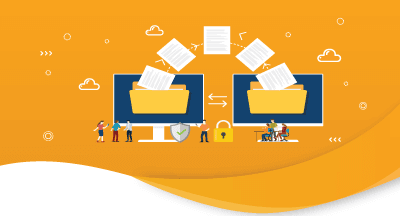







.webp)

.png)















